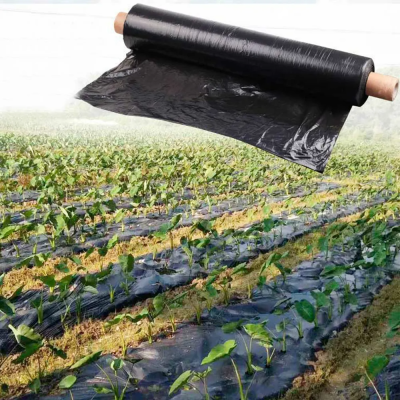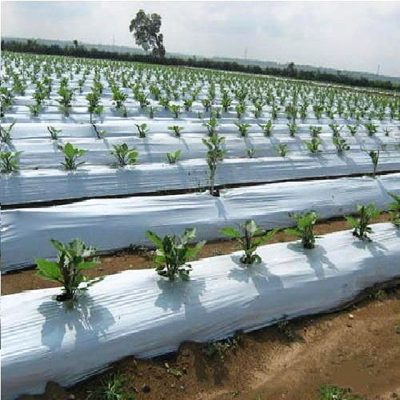To effectively use plastic grow bags for successful plant growth, follow these tips and techniques:
- Select the Right Size: Choose grow bags that provide adequate space for the specific plant’s root system. Ensure the bag’s volume can accommodate the plant’s mature size and growth requirements.
- Fill with Quality Potting Mix: Use a high-quality, well-draining potting mix specifically formulated for container gardening. Avoid using regular garden soil, as it may be too dense and not provide sufficient aeration and drainage.
- Pre-Moisten the Soil: Before planting, moisten the potting mix in the grow bag. This ensures the soil is evenly hydrated and helps prevent water from quickly draining through dry soil.
- Planting: Dig a hole in the center of the grow bag, deep enough to accommodate the plant’s root ball. Place the plant in the hole and gently fill in the space around it with the potting mix. Firmly press the soil to secure the plant.
- Watering: Proper watering is crucial for successful plant growth in plastic grow bags. Water the plants regularly, ensuring the soil remains consistently moist but not waterlogged. Monitor the moisture level by checking the top inch of soil with your finger. Adjust the watering frequency based on the plant’s needs and environmental conditions.
- Fertilization: Provide plants with essential nutrients by fertilizing them regularly. Use a balanced fertilizer specifically formulated for container plants and follow the manufacturer’s instructions for application rates. Avoid over-fertilization, as it can lead to nutrient burn or imbalances.
- Sunlight and Placement: Place the grow bags in an area that receives adequate sunlight for the specific plant’s requirements. Most plants need at least 6 hours of direct sunlight each day. If necessary, adjust the position of the grow bags or use shade cloth to protect plants from intense heat or excessive sun exposure.
- Pruning and Training: Regularly prune and train plants to maintain their shape, promote bushier growth, and prevent overcrowding. Pinch back the tips of young plants to encourage branching, and remove any dead or diseased foliage promptly.
- Support for Vining Plants: Provide support, such as stakes or trellises, for vining plants to prevent them from sprawling on the ground and to promote vertical growth. Secure the vines to the supports as they grow.
- Pest and Disease Management: Monitor the plants for pests and diseases regularly. Inspect the leaves, stems, and soil for any signs of infestation or disease. If detected, take appropriate measures such as using organic pest control methods or applying appropriate treatments to minimize damage.
- Mulching: Apply a layer of organic mulch on the surface of the potting mix to help retain moisture, suppress weeds, and regulate soil temperature. Mulching also adds nutrients to the soil as it breaks down.
- Rotate and Replace: To prevent the buildup of diseases and optimize soil fertility, rotate the plants in the grow bags each season. Additionally, replace the potting mix every year or two to refresh nutrients and maintain soil structure.
By implementing these tips and techniques, you can effectively use plastic grow bags to create optimal growing conditions for your plants, leading to successful plant growth and a bountiful harvest.








